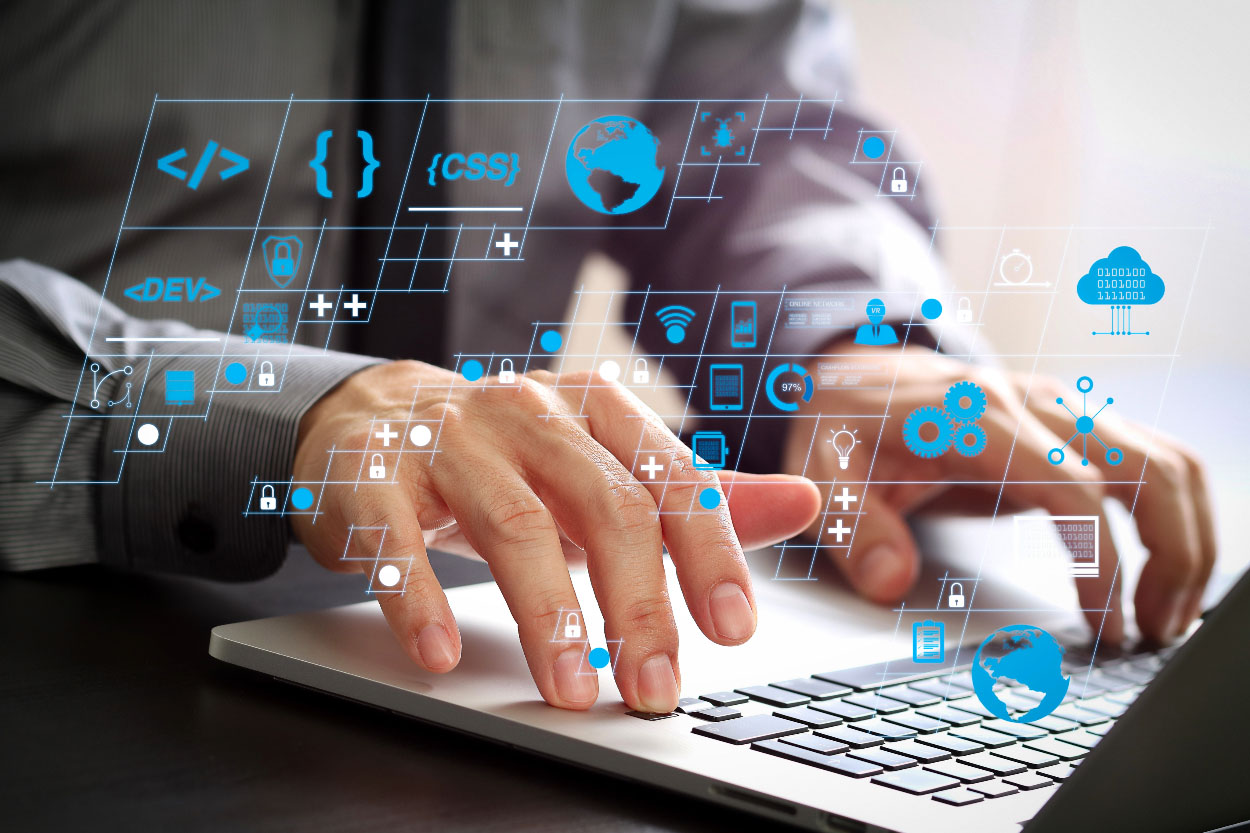Forecasting the future of the future development of custom-built software has been a difficult task for data scientists. Why? Because changes that are frequent and often new have always come as a surprise to meet the market’s increasing expectations.
In a world where creativity and customization are essential, software development is becoming a major factor. As we move closer to 2025, it’s essential to keep at the forefront of technology by knowing what the next steps are in software development. In this article, we’ll look at the most recent trends that will define the pace of development across a variety of industries.
Rise of Multi-Run-Time Microservices
The use of microservices in the development of custom-built software has increased in recent times. Microservices architecture enables you to break down your application into smaller self-contained and self-contained applications. They connect using light APIs. Multi-runtime microservices are also known as MACH (Microservices-based, API-first, Cloud-native, and Headless).
This technique breaks down the limitations and lets developers develop in different languages. Developers can benefit from a variety of data storage options and run in cloud environments that are specialized. MACH allows agile development and lets teams work together, and improves the performance of software.
AI & ML Reshaping the Coding Process
AI/ML’s reach is expanding across all aspects of our lives, including software creation. This is not an exception. Businesses are using AI-aided bug detection and categorization systems. This assists developers in solving problems and reducing testing time. Machine learning aids in predictive analytics that can anticipate the possibility of software failure as well as performance bottlenecks.
AI-Powered Code Generation
AI can be used for software design to increase the speed of development of code development. This streamlines workflows and opens new opportunities for all sectors. The application of AI in the development of custom software provides advanced features such as
- Intelligent code completion
- Automated bug detection
- Refactoring code suggestions
Machine Learning for Data Analysis
Through the analysis of user information, machine learning can play a major part in the next generation of development software. It provides rapid improvements to software’s functionality and user experience.
Impact of Quantum Computing
Quantum computing technology is moving past the hype. Although it’s still in its beginning stages, major developments and research are being conducted to develop quantum computer systems, software, and software.
It will allow faster calculations for certain tasks like cryptography and complicated simulations. From healthcare, finance, and energy to logistics, it will introduce new concepts in the development of software capabilities.
Virtual and Augmented Reality
VR as well as AR technology are making major advancements in various industries. AR enhances user experience, especially for mobile apps. Snapchat, along with Pokémon GO, shows successful implementation of AR, which has a positive impact on interaction and engagement for users within everyday apps.
Additionally, VR is increasingly used to recreate real-life experiences. From aerospace to medical, virtual reality is changing the ways professionals train and develop their abilities.
Continued Expansion of Blockchain
Blockchain is well-known for its application as a virtual currency, Bitcoin. But, thanks to the emergence of developments in custom software development, blockchain is also being used for supply chain management as well as digital identity verification and more.
IBM has announced more than 500 projects in progress using blockchain, which shows the flexibility in tracking and securing the transfer of information in different sectors.
DevSecOps Approach
DevSecOps incorporates security into the process of developing software. This approach offers security testing and control at the beginning of development. Reduced vulnerabilities and risk, DevSecOps is a vital component for businesses looking to develop solid and secure software.
Biometric Technology
AI-powered biometrics is expected to play a major part in detecting fake attempts and threats within the software. A recent survey by the security industry showed that more than 50 % of firms are planning to ditch the traditional structure of passwords. This will lead to a variety of new security technology developments, including eye, face, or voice identification.
Low-Code Practice
The increasing application of no-code and low-code strategies is driving the decentralization of traditional software development practices. This is making it easier to build applications for those with no programming knowledge.
The digital gap is bridged and empowering non-technical people to participate in the development of software. They offer pre-built components that have visual interfaces, thereby reducing the need to code manually.
PWAs Bridging the Gap
PWA is a different major technology to keep an eye on in 2025. Through a mix of mobile and web pages, PWAs can provide app-like features available on the web for users. It provides features like seamless performance and push notifications, offline access, improved mobile internet, more efficient data caching, and a more enjoyable user experience.
Internet of Behavior (IoB)
There’s something more than websites. The growing trend of IoB gathers information from wearables, smart devices, and social media usage to create a comprehensive image of customer habits and preferences. This is fast creating a brand new standard for custom, customer-oriented software development.
With the advent of cloud computing, IoB quantum computing, and AI/ML, these developments have changed the way software developers develop their processes. As we move into 2025 and beyond, development tendencies will continue to change, creating new opportunities for development.

